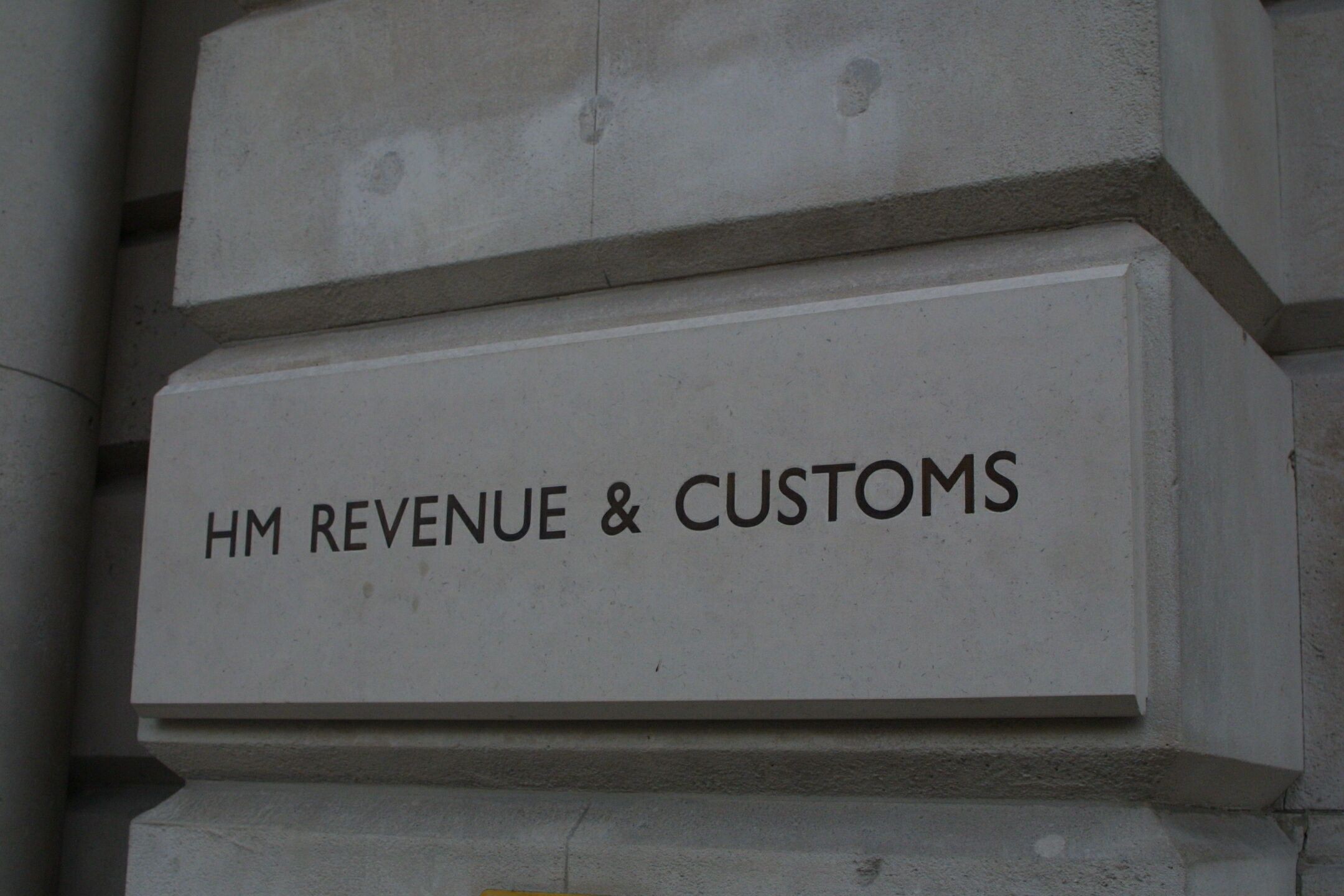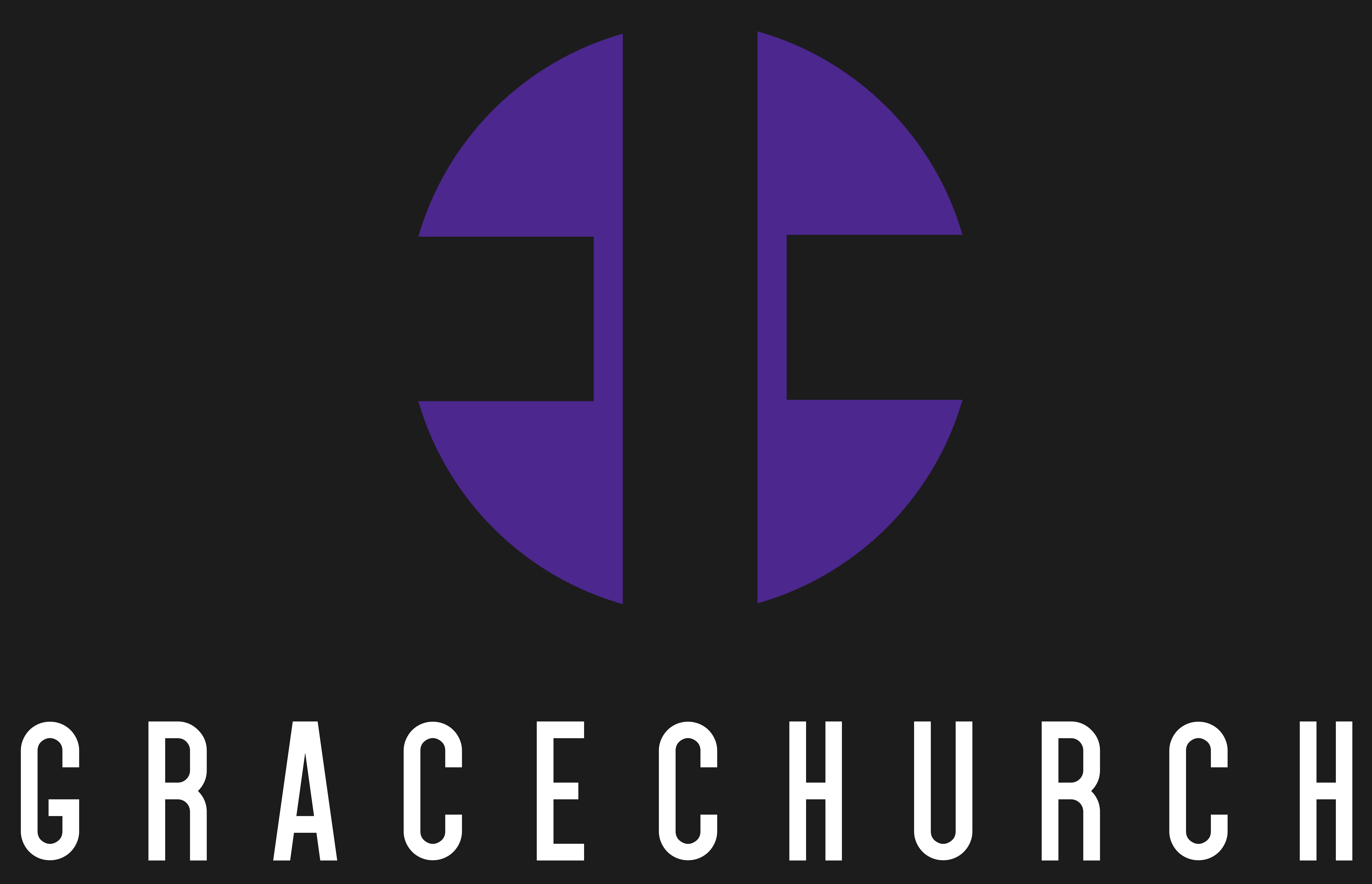UK art market feeling the heat as anti-money laundering legislation ramped up

HMRC has been issuing more regular fines and putting into force intensive checks, making art-related businesses sweat
Riah Pryor
19 February 2024
Share
Under the AML broiler: HMRC fined at least 31 UK art market participants from January 2021 to March 2023 © M4OS Photos/Alamy Stock Photo
Under the AML broiler: HMRC fined at least 31 UK art market participants from January 2021 to March 2023
© M4OS Photos/Alamy Stock Photo
The British art market is under mounting pressure from anti-money laundering (AML) legislation. HMRC, the UK’s tax authority, fined at least 31 art market participants from 10 January 2021, when it began supervising the art trade, to 31 March 2023, the latest period for which data is available.
Of the 31 published fines, 30 are listed in the 15 months beginning 1 January 2022—a rate of at least two fines per month. (HMRC data sometimes lags enforcement, meaning true figures for any period may be higher than initially reported.) The penalties were predominately triggered by failure to register with an AML supervisory body or provide information within allotted deadlines. The average fine for art market participants topped £5,000, while the highest single penalty rose to around £13,000.
Compounding the fines are growing concerns about the intensity of HMRC’s checks on the art trade, its understanding of the market and the consequences of the UK’s Economic Crime and Corporate Transparency Act, which has given the authorities broad new powers to investigate fraud and corruption.
Proportionality problems
“Smaller UK galleries are consistent in their view that HMRC’s approach to anti-money laundering interventions lacks proportionality,” says Paul Hewitt, the director general of The Society of London Art Dealers (SLAD). Around 78% of respondents to a recent survey conducted by the organisation expressed concerns over shifts in legislation, specifically the administrative burden of complying with the AML rules.
“Galleries with lower risk profiles feel they are treated no differently to larger, potentially riskier businesses, and the expectation that rigorous due diligence is required, even for customers that dealers have known well for many years, is a real burden and hinders productivity,” Hewitt adds.
Typically, HMRC’s routine audits (called “interventions”) of select registered businesses are thought to last only around half a day, with officers largely testing staff on AML regulations and the risk-based approach, But an investigation into an alleged breach can prove significantly more disruptive.
One gallerist subject to an AML intervention from HMRC says: “The whole process was seriously stressful. I was in a room with two officers from 10am to 6.30pm one day, followed by weeks of back and forth supplying information. I’m not saying I had nothing to learn—I like to do things properly, and this is fairly new legislation still—but I’m a small business. I was doing my best.”
A spokesperson for HMRC says, in part, “Officers ask questions in interventions to ensure we have a comprehensive view of the businesses we supervise,” including their “nature and risk”.
The Art Newspaper also spoke to several art professionals whose bank accounts had been closed at very short notice after the banks themselves—not HMRC—concluded that additional due diligence checks were required. While financial institutions must ensure all AML risks are considered, the impact on art businesses can be significant, from short-term cashflow disruption to long-term reputational damage.
Several banks were contacted by The Art Newspaper for information about any internal strategies or guidance particular to AML in the art sector. A Lloyds Bank spokesperson told us: “Our group provides banking services for around one million businesses. We adhere to regulatory and legislative obligations in respect of the information that we request from customers when opening and maintaining a bank account.”
Fluid situation
Nonetheless, the data suggests the UK art trade is working hard to comply with AML regulations. More than 1,000 art businesses have now registered with HMRC, and the few dozen known to have been fined through March 2023 comprise only a small fraction of all companies found in breach. In 2021, the department assessed fines to at least 282 registered businesses outside the art market.
Awareness of AML responsibilities in the sector is also spreading. Nicole Thiriez, a business development associate at Arcarta, an online due diligence platform, says: “When regulations came into place, in 2020, we noticed a wave of UK-based galleries start working with us and believe this was due to the fact that they were part of business associations such as SLAD, (The Association of Art and Antiques Dealers), etc, that kept galleries up to date on their requirements. In the past year, however, we have noticed smaller, independent galleries and art advisers that were not made aware of their requirements coming to businesses like us for guidance and support.”
Thiriez does, however, highlight the art advisory as one kind of business that is still struggling to understand “how and when” due diligence fits into their operations, with many believing AML regulations apply to art sellers but not service providers. Other compliance professionals anticipate HMRC’s enforcement efforts will increase in response to other soft spots in the trade.
Rena Neville, the head of the art division of FSC Compliance, says: “The art market can expect that the nature and amounts of the fines will likely track those being imposed on the property market, which has been regulated much longer than the art market.” She cites recent fines handed out to estate agents not only for failure to register but also for poor customer due diligence and inadequate record-keeping. No matter the particulars, vigilance will continue to come at a premium.
Article Credit: https://www.theartnewspaper.com/2024/02/19/uk-art-market-feeling-the-heat-as-anti-money-laundering-legislation-ramped-up
